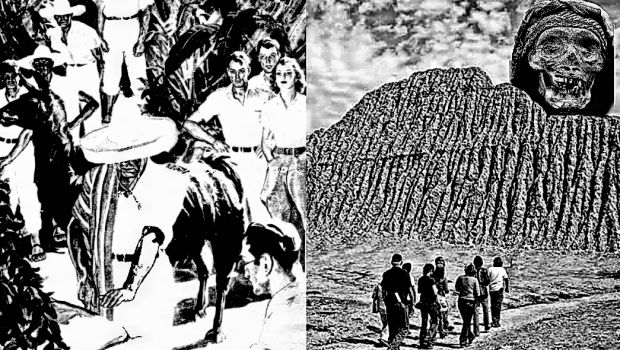
Tour Tucume, Peru’s Haunted Valley of the Pyramids
With Halloween fast approaching, we thought you should know about one of the great haunted tour destinations: Túcume, Peru’s vast and mysterious “Valley of the Pyramids.”
Located in Peru’s northern state of Lambayeque, Túcume has an unprecedented concentration of massive ancient pyramids built from around 1100 AD through the 15th century when the region came under the rule of the Inca Empire.
By the start of the Spanish Conquest in the 1530s, Túcume’s civilization of pyramid builders had already vanished.
Archaeological evidence discovered in 2005 suggests the culture ended in a self-inflicted conflagration of the main temple and a wave of human sacrifices.
The late Norwegian archaeologist and explorer Thor Heyerdahl, of “Kon-Tiki” fame, founded the Túcume Archaeological Project.
“Then, when the Spanish came in the 16th century,” Heyerdahl told People magazine in 1989, “they gave this area the name El Purgatorio and claimed it was the entrance to hell. They built bonfires on the mountain, and those villagers who wouldn’t become Christians were thrown in. They also built a huge wagon with many horses in front and rode out of El Purgatorio wearing masks and horns and bells to frighten the people, who thought the devils were coming from hell. That tale is still vivid to the villagers here.”
That frightful experience inspired the folkloric Danza del Diablo, or the Devil’s Dance, a festival celebrated each year.
Heyerdahl first visited Tucúme in 1987 and later wrote about his experience in the 1995 book Pyramids of Tucume: The Quest for Peru’s Forgotten City, co-authored with archaeologists Dan Sandweiss and Alfredo Narvaez.
The first known European to visit Túcume was Spanish chronicler Pedro Cieza de León. He found it already abandoned, some 15 years after the Spanish Conquest began.
He described it as “sublime and beautiful, green with luxuriant growth and plantations, and furthermore with great edifices which, although destroyed and in ruins, testify to its greatness in the past.”
Fast forward 440 years, when Heyerdahl first beheld the Valley of the Pyramids, where “it had lain in oblivion, untouched except for the annoying teeth of time.”
Heyerdahl wrote that he was “dumbfounded.”
“I literally felt like a visitor to another planet,” he wrote. “There was nothing like the strange and colossal ruins on our own familiar earth.”
Very soon after beginning his initial archaeological study of the site, Heyerdahl discovered that the locals believed Túcume was rife with evil spirits.
“I was told that to get along with the people of Túcume, I had to be on friendly terms with more than 20 brujos — witch doctors or medicine men — in the area around the pyramids,” Heyerdahl wrote.
Earning the confidence of these local sorcerers was no easy matter. “Not all brujos were curanderos. Some were evil and even killed through witchcraft, but nobody dared to denounce them for fear of their revenge.”
Heyerdahl had set up house in a simple adobe hut surrounded by a hand-hewn wooden fence at the base of one of the smaller pyramids.
One day while on his morning run, he discovered a hole in the enclosure and nearby, a dead rooster hanging upside down from the branch of a tree.
“Some kids, I thought, and kept on running,” he wrote. “Next day a dead dog lay on the ground under the rooster. Perhaps the rooster was poisoned to kill foxes and the dog has eaten from it, I thought.”
A local couple who had come to visit from the nearby city of Chiclayo set him straight.
“The wife screamed when she saw the rooster and the dog. This is witchcraft, she shouted. We have to find a brujo who knows how to stop the evil it is meant to cause!”
Heyerdahl also wrote about the difficulty he had finding workmen to begin the excavations.
“Even the bravest who did agree to spend the night as watchman and a little plywood hut returned the next morning and refused to continue the job, for spirits came at night and tried to strangle them.”
The local village priest had to come and sprinkle holy water on the walls of the watchman’s hut to keep the spirits from the pyramid tombs at bay.
“Everyone talked about these ghosts and supernatural beings that they had heard of and most of them had seen,” Heyerdahl wrote.
Pyramids of Tucume is a wonderful book, well worth reading during your Peru vacation. And the Túcume Valley of Pyramids, itself, is one of the highlights of our popular Northern Peru Archaeology Tour Package.
Get in touch. We’ll give you more information.
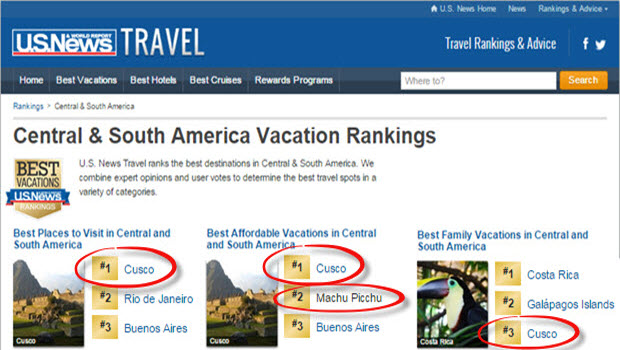 Cusco ranked “Best Destination” and “Best Affordable Vacation” by US News
Cusco ranked “Best Destination” and “Best Affordable Vacation” by US News 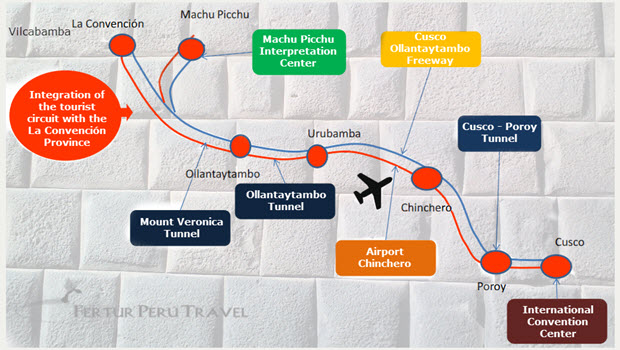 ‘Inca World’ Plan Taking Shape for Tourism in Cusco
‘Inca World’ Plan Taking Shape for Tourism in Cusco 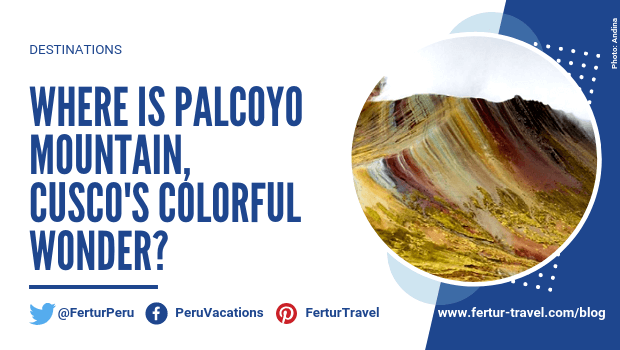 Palcoyo Mountain Peru, Cusco’s Breathtaking Rainbow Attraction?
Palcoyo Mountain Peru, Cusco’s Breathtaking Rainbow Attraction? 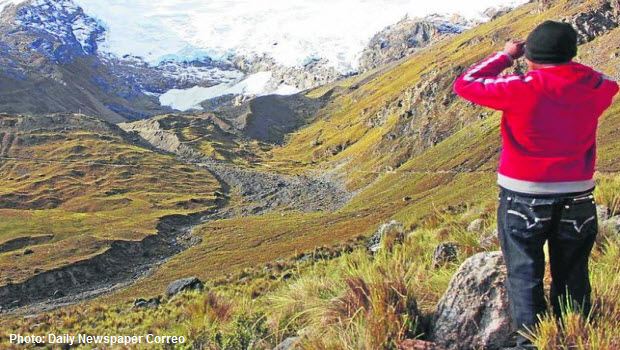 Huaytapallana recovery ~ a spot of good news on Peru’s melting glacier front
Huaytapallana recovery ~ a spot of good news on Peru’s melting glacier front 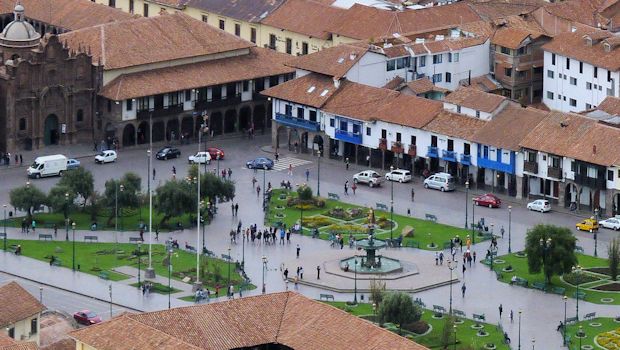 Pilot project: Cusco’s main plaza a vehicle-free pedestrian zone
Pilot project: Cusco’s main plaza a vehicle-free pedestrian zone 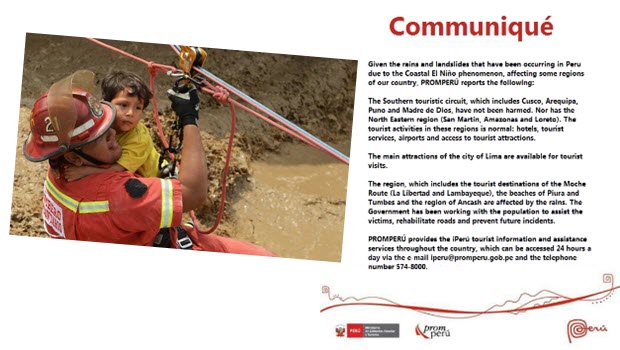 A message for our clients about El Niño hitting Peru’s Northern Coast
A message for our clients about El Niño hitting Peru’s Northern Coast 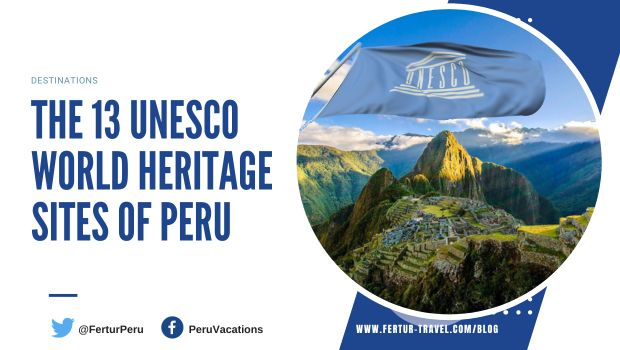 The Treasure Trove of UNESCO World Heritage Sites in Peru
The Treasure Trove of UNESCO World Heritage Sites in Peru 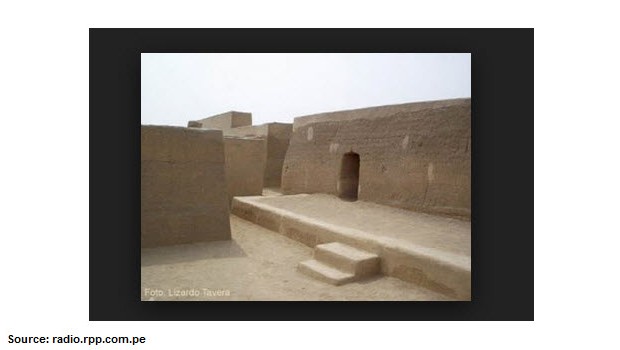 Cajamarquilla archaeological complex equipped with interpretation center and resident researchers
Cajamarquilla archaeological complex equipped with interpretation center and resident researchers